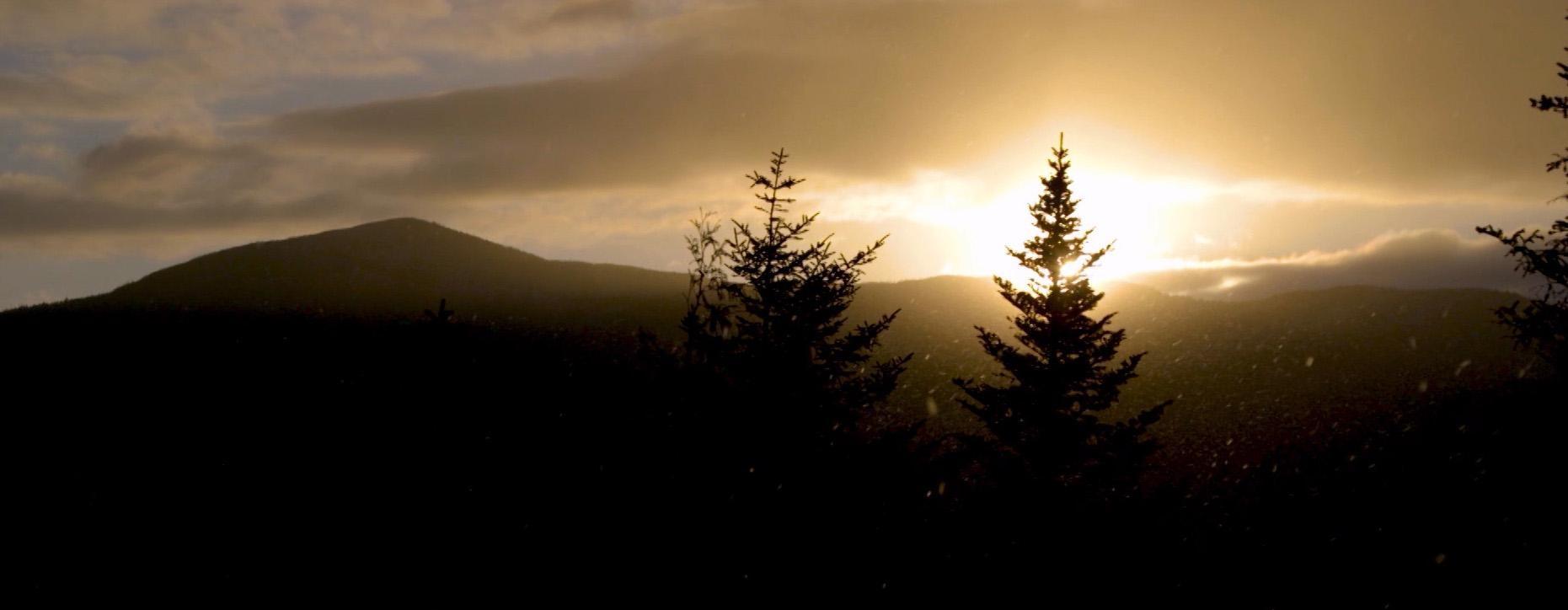State Appoints Working Group to Address Adirondack Overuse

Both New York and environmental advocacy groups have long agreed that something must be done to address the issue of overuse in the Adirondacks. And they're largely united on the state's most recent efforts to tackle it.
In November, Governor Andrew Cuomo and Department of Environmental Conservation (DEC) Commissioner Basil Seggos assembled a working group to come up with solutions. The High Peaks Strategic Planning Advisory Group will explore ways to maintain the delicate balance between economic activity and resource preservation in the state's largest park.
"This is the balance of the Adirondacks, right?" Cuomo said during a press conference in early November. "The good news is tourism is up. Economic activity is up. That’s the good news. The bad news is the tourism increase is actually creating issues. Parking issues, traffic issues, and there’s a real question of what’s the maximum use of the resources without damaging the resources."
Cuomo had called concerns of overuse "legitimate" in the past - a sentiment he echoed in November.
"It’s not black and white. We want tourism, we want people to enjoy it. We want the economic development. But we want to make sure we’re not spoiling the asset, and that’s the balance we have to reach, and there are legitimate concerns."
Environmental advocates like John Sheehan of the Adirondack Council say New Yorkers might be loving the Adirondacks to death.
"There are an awful lot of people coming to the high peaks region and an awful lot of damage being done as a result of that," Sheehan says. "And I think we have to be prepared to protect the natural resources of the park or people won't keep coming back and enjoying the place."
Adirondack tourism has skyrocketed in recent years. In 2017, the park saw seven to 10 million visitors annually, according to the Regional Office of Sustainable Tourism. The Governor's office said last year, the park saw upwards of 12 million visitors.
"That's as a result of some pretty steady investments by the state in developing tourism. It's also the effect of having social media repeating the beauty of the park to millions of people who might not have seen it before. And just having that experience brings more and more people to the Adirondacks to see what it's all about."
Local officials and environmental advocates are concerned that the uptick in tourism is creating public safety issues and excessive waste, stressing infrastructure, eroding trails and damaging wildlife.
New York NOW
Adirondack Overuse
Are we loving the Adirondacks to death? Concerns of overuse sparked state action.
The Adirondack park is just over 9,300 square miles of New York's North Country. It's a patchwork of public and private lands, of which the state has designated 2.6 million as forever wild. The entire region is home to about 137,000 people year-round, and plays host to an additional 200,000 seasonal residents.
According to Commissioner Basil Seggos, addressing overuse is a priority going into 2020.
"We've been at this for a couple of years now, working collaboratively with sister agencies as well as the local municipalities and many of the stakeholders in the region," says DEC Commissioner Basil Seggos. "[We're] getting a handle on parking, actually striping certain areas, putting no parking zones in place, reducing speeds during peak weekends, doing a partnership with Leave No Trace, so that it was better education at the trailhead and you have people going into the backcountry who are better educated about trash and what to wear."
Seggos says the new 11-member High Peaks Strategic Planning Advisory Group is made up of representatives from environmental groups, local government, regional tourism organizations and private businesses.
"This is not an exclusive club," Seggos says. "This is honestly a team of people that we know can roll up their sleeves and are willing to roll up their sleeves. And that's what I asked of them is to really lean forward over the next few months and come up with some solutions."
Seggos says he wants to see recommendations from the advisory group by the spring.
"I'm not going to prejudge any of the alternatives that they come up with. I know that there's quite a bit of thinking right now out there about everything from, do nothing, is carry on as is, maybe some minor enhancements all the way to a permit system," Seggos says.
Adirondack advocates like Sheehan say they're pleased to see the state take action through the working group.
"We're very hopeful that this is going to be the beginning of the solution that we're after," Sheehan says. "What we've recommended so far is that the state take a look at making a new investment, that they do some additional maintenance, and appoint people that are qualified to help them guide the process from here on in. And we're starting to see that happen.
When lawmakers return to Albany in January, they'll also be considering a number of other issues that affect the Adirondacks, including a bill to curb road salt contamination and vetting the governor's nominees to fill vacancies on the Adirondack Park Agency board.


